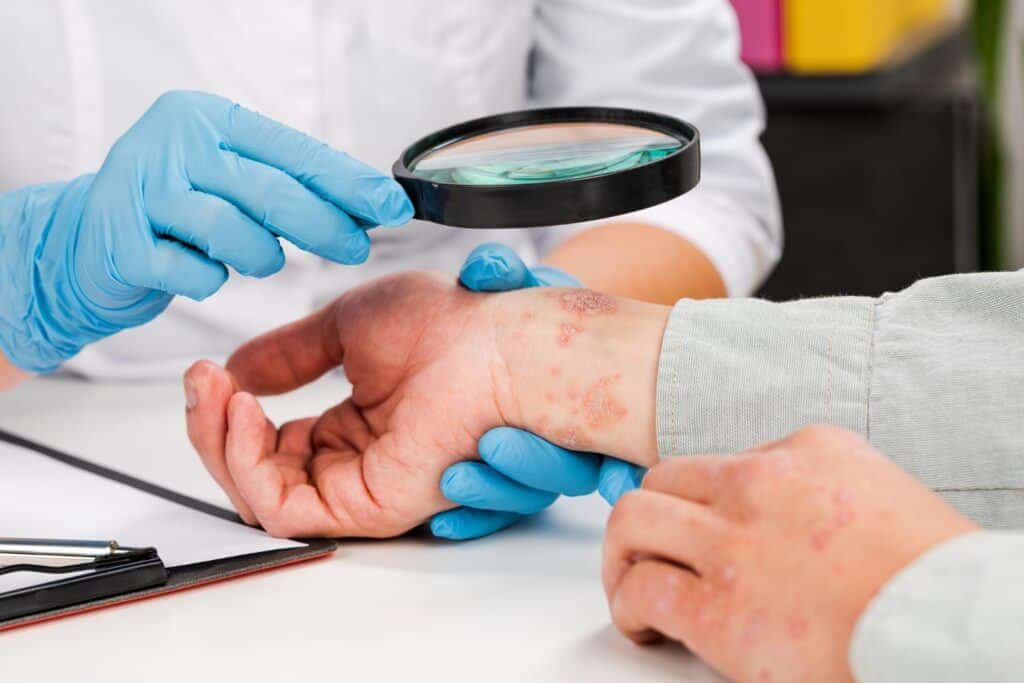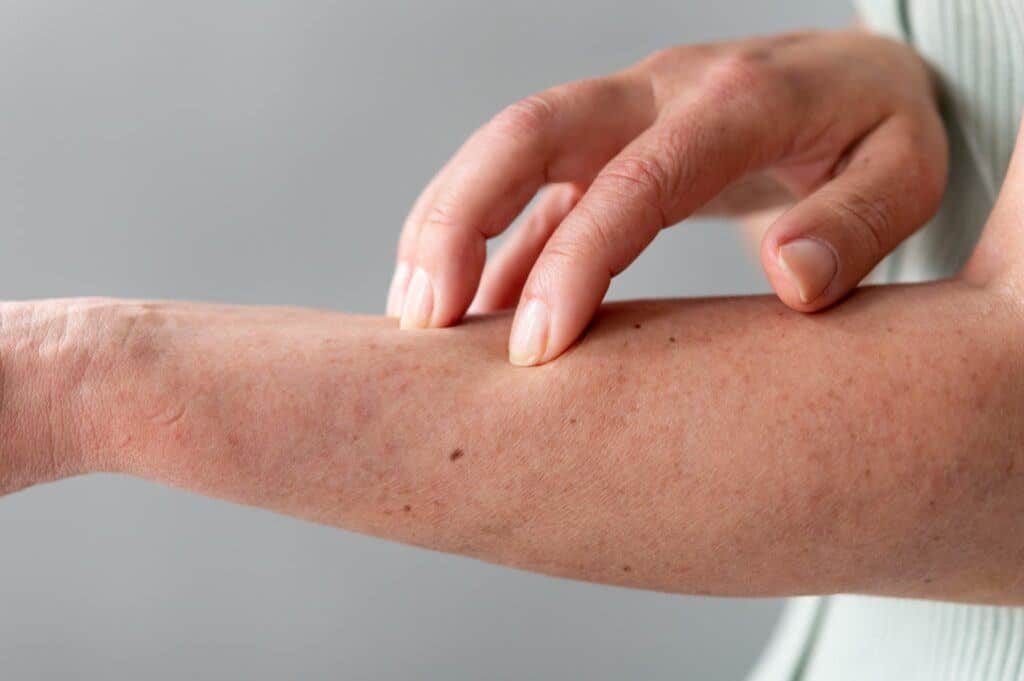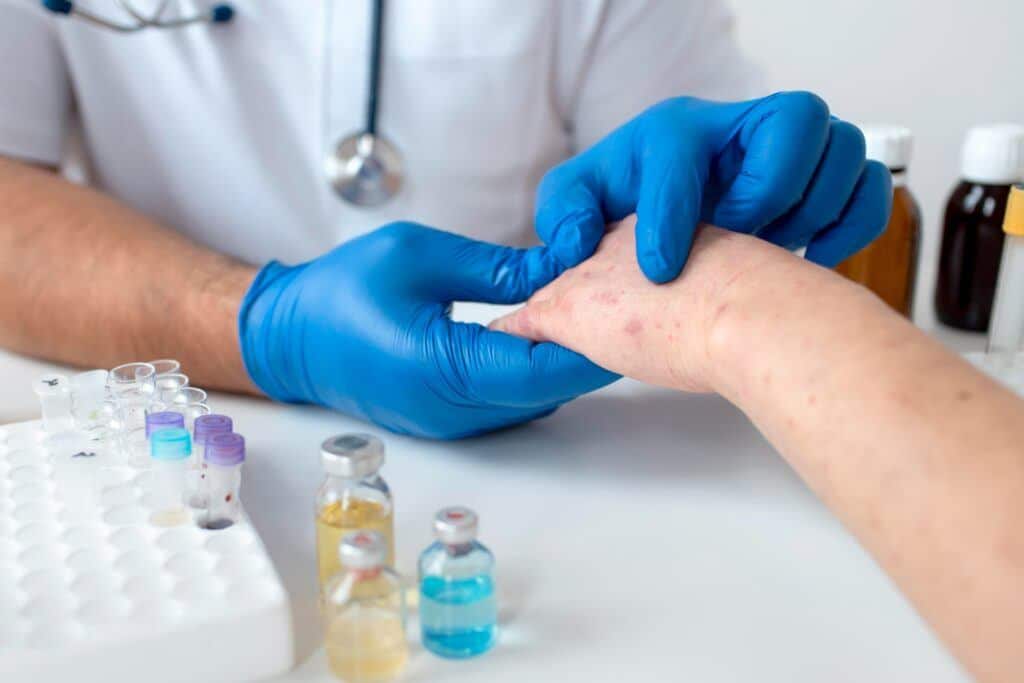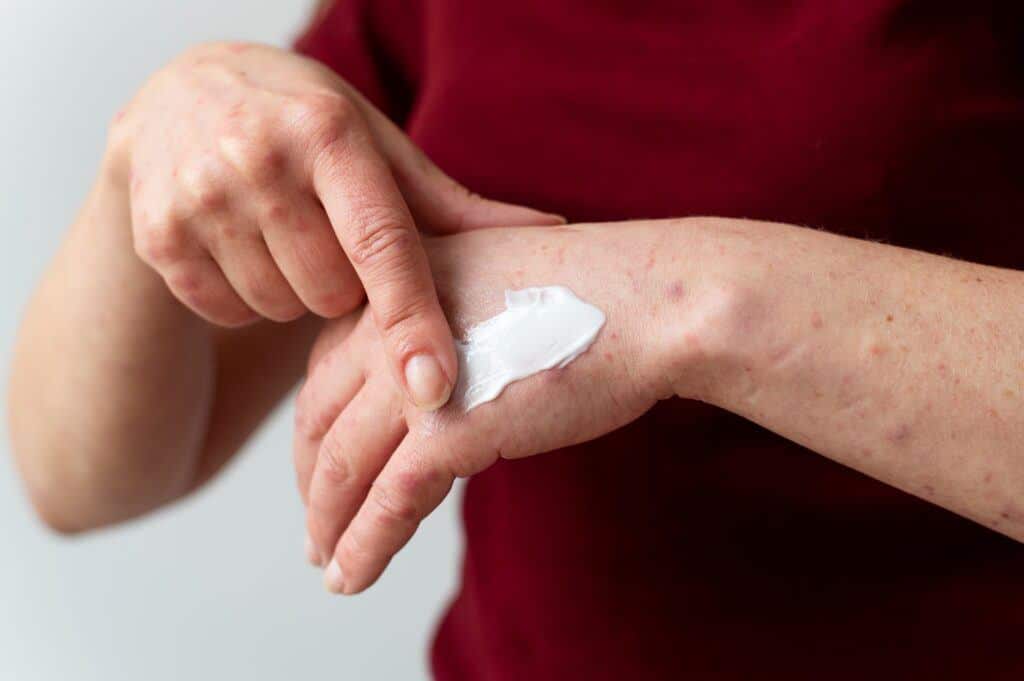Beat Genetic Malformation – Hypotrophy & Cutaneous Hypotonia
Introduction
In the realm of genetic malformation, two conditions often surface: hypotrophy and cutaneous hypotonia. While they might sound complicated, it’s crucial to understand these concepts to navigate the world of genetic malformations effectively.

Understanding Genetic Malformations
Genetics plays an enormous role in our health. When it comes to genetic malformations, understanding the intricate links between our genetic code and health outcomes is vital. Hypotrophy and cutaneous hypotonia both stem from genetic malformation, resulting in various physical manifestations that can impact one’s quality of life.
Identifying Hypotrophy and Cutaneous Hypotonia
Hypotrophy is characterized by diminished tissue or organ size. In contrast, cutaneous hypotonia refers to reduced skin tone, leading to a lack of skin elasticity and turgidity. Identifying these conditions is crucial, as they often present with specific signs and symptoms, such as sagging skin, muscle weakness, and delayed physical development.

Impact of Genetic Malformation on Skin Structure
Genetic abnormality can have profound effects on skin structure. Skin elasticity and tone are both affected by hypotrophy and cutaneous hypotonia. These conditions can alter collagen production, impacting skin firmness and leading to premature aging.
Causes of Genetic Malformation
Unpacking the causes of malformation requires a deep dive into DNA and genes. Genetic malformations, such as hypotrophy and cutaneous hypotonia, are often the result of mutations in specific genes. Environmental and lifestyle factors may also contribute to these conditions.
Decoding Genetic Malformation
The science behind genetic malformation is continually evolving. New research on hypotrophy and cutaneous hypotonia provides valuable insights into the causes, mechanisms, and potential treatments for these conditions.

Medical Advances in Treating Genetic Malformation
Genetics plays an increasing role in personalized medicine, allowing for targeted therapies that cater to an individual’s unique genetic makeup. The development of genetic modification technologies offers promising solutions for managing hypotrophy and cutaneous hypotonia.
Tips for Managing Hypotrophy and Cutaneous Hypotonia
Managing hypotrophy and cutaneous hypotonia requires a comprehensive approach. Adopting a healthy lifestyle, including a balanced diet and regular exercise, can support skin health. Building a support network of healthcare professionals, friends, and family is essential for navigating the challenges of genetic malformation.

Natural Approaches to Manage Genetic Malformation
Natural remedies and holistic approaches offer complementary solutions for managing hypotrophy and cutaneous hypotonia. Dietary strategies, such as incorporating antioxidants and essential fatty acids, can improve skin elasticity and overall health.
Genetic Malformation in the 21st Century
The future of genetic malformation research is bright. With scientific breakthroughs on the horizon, there is hope for more effective treatments and prevention strategies for hypotrophy and cutaneous hypotonia.
Conclusion
Managing genetic malformations, including hypotrophy and cutaneous hypotonia, requires a comprehensive approach involving medical treatments, lifestyle changes, and support systems. With advances in research and technology, there is hope for improved outcomes and better quality of life for those affected. Embracing change and celebrating progress are crucial for building a brighter future for individuals with genetic malformations.
If you want to know more about hypotrophy and cutaneous hypotonia, please contact us!



Leave a Reply
You must be logged in to post a comment.